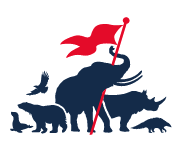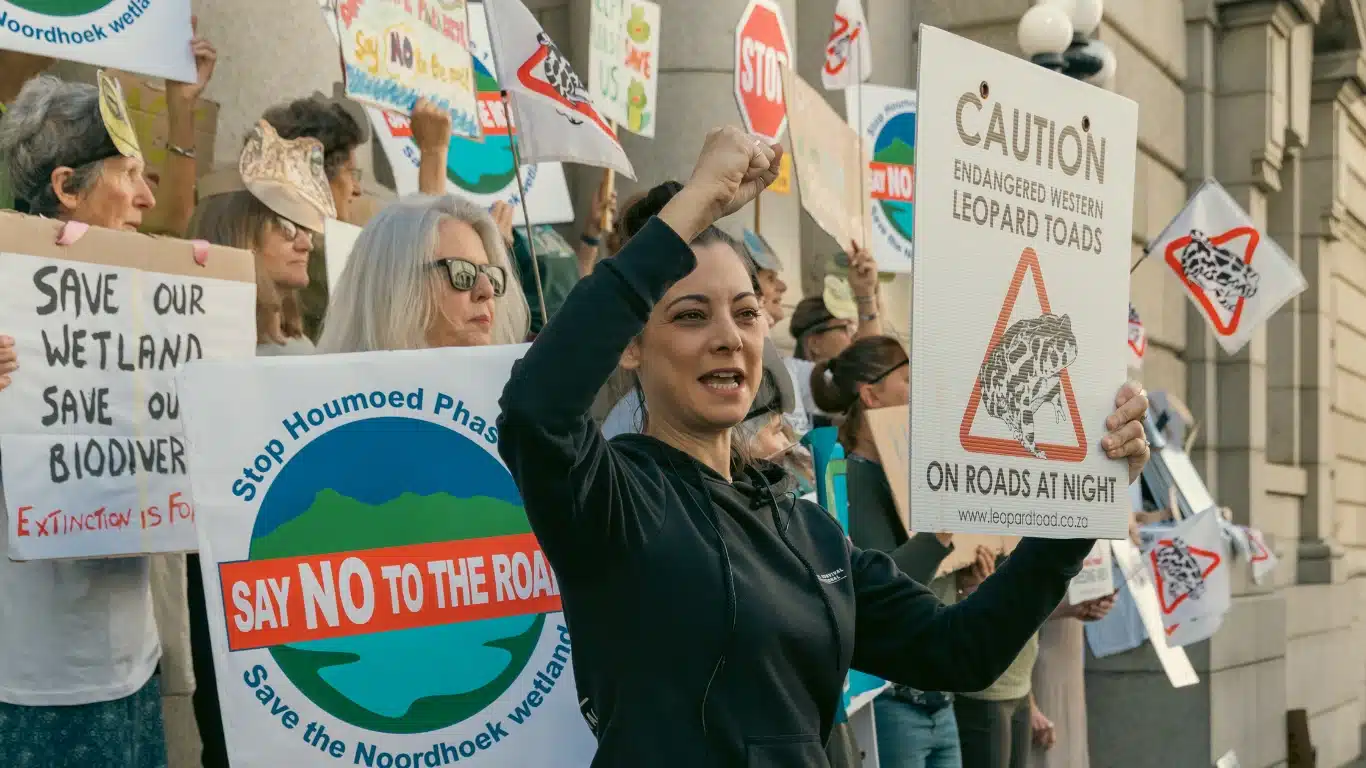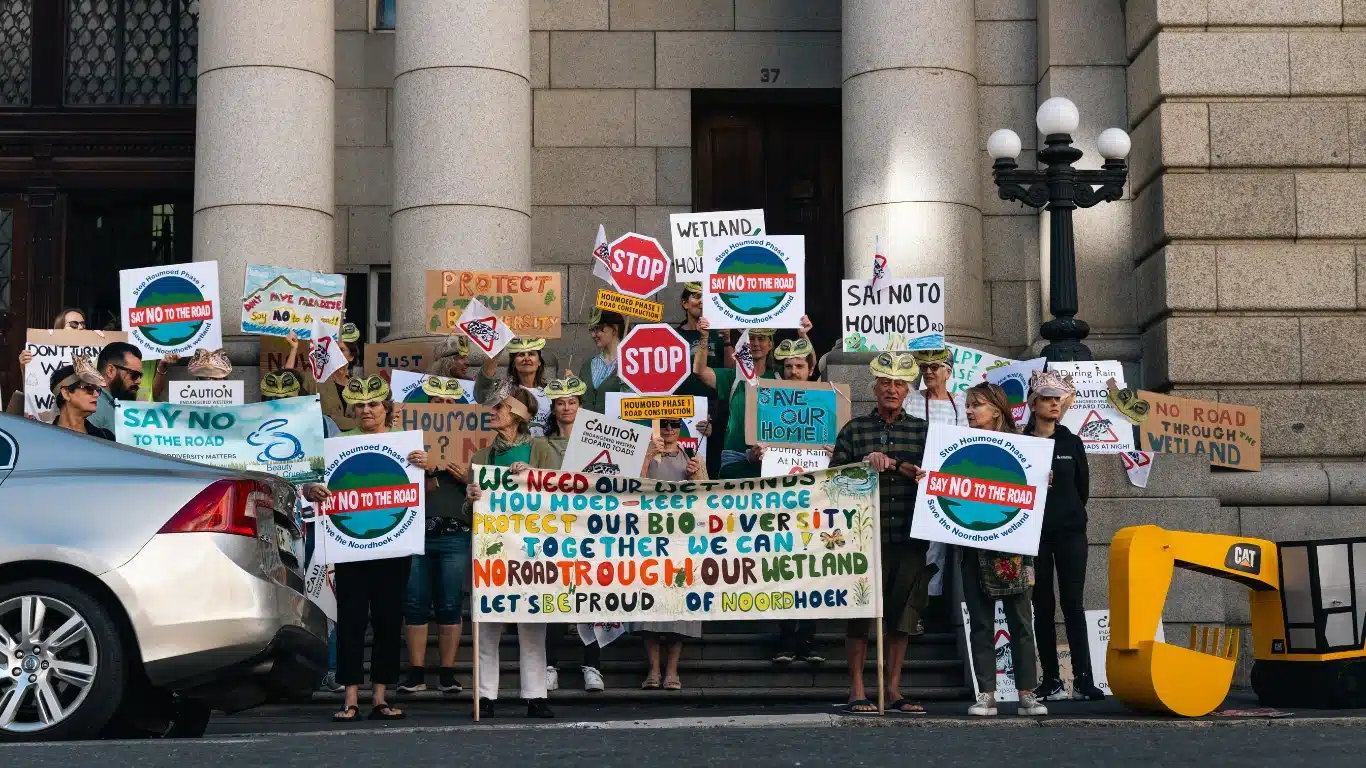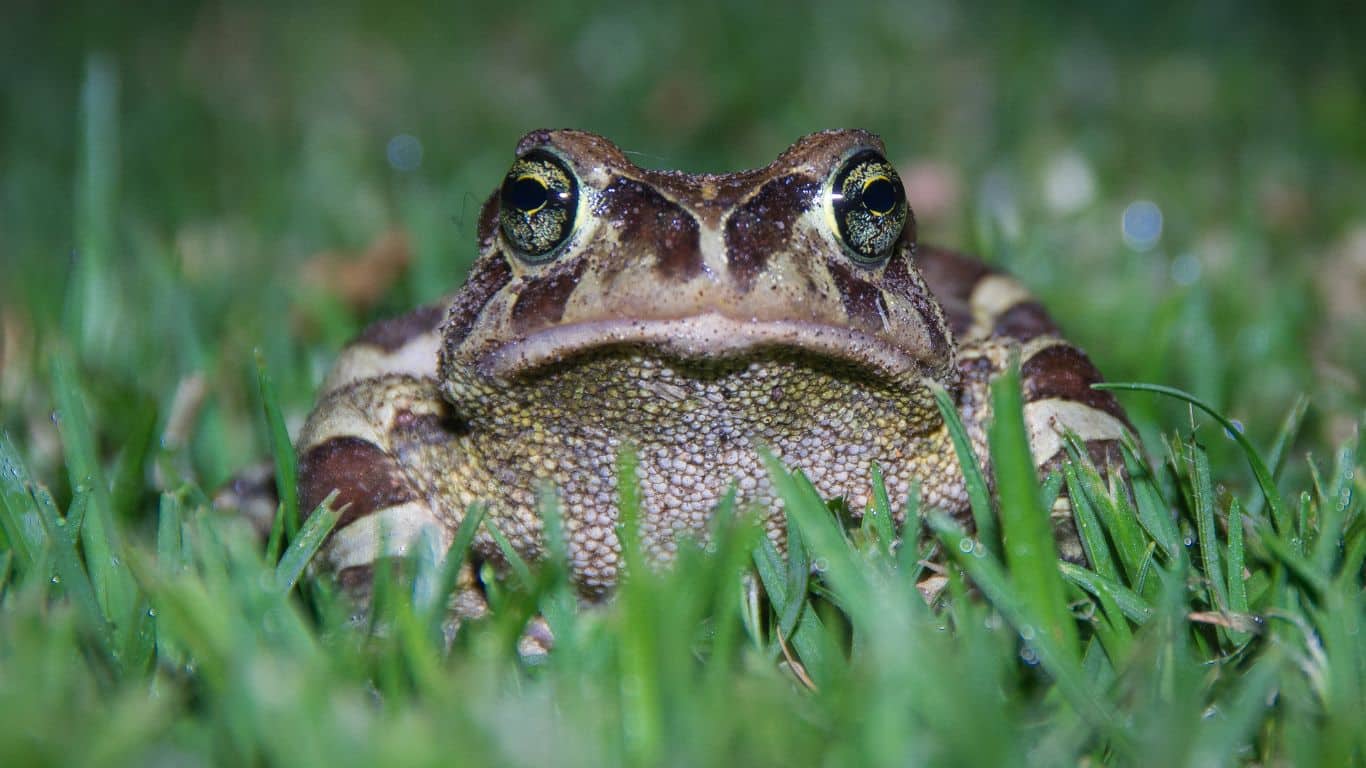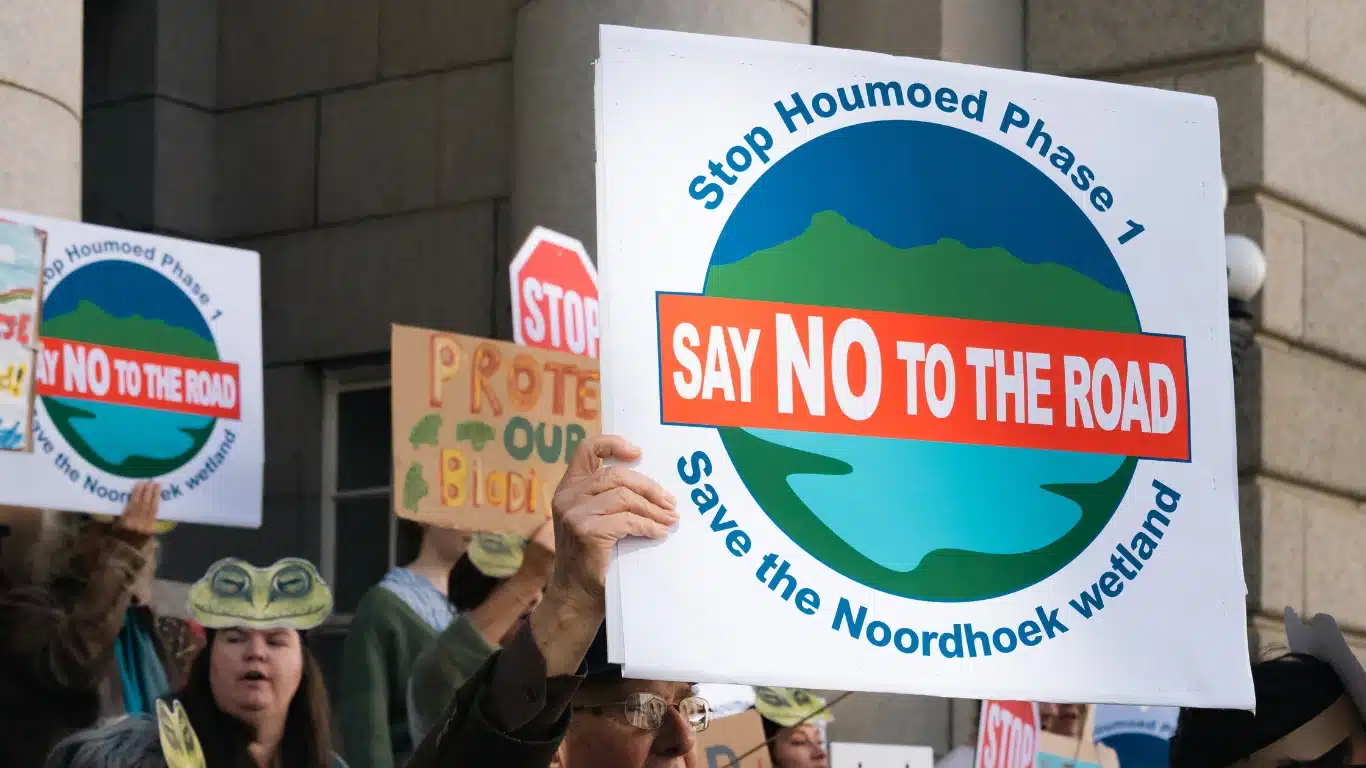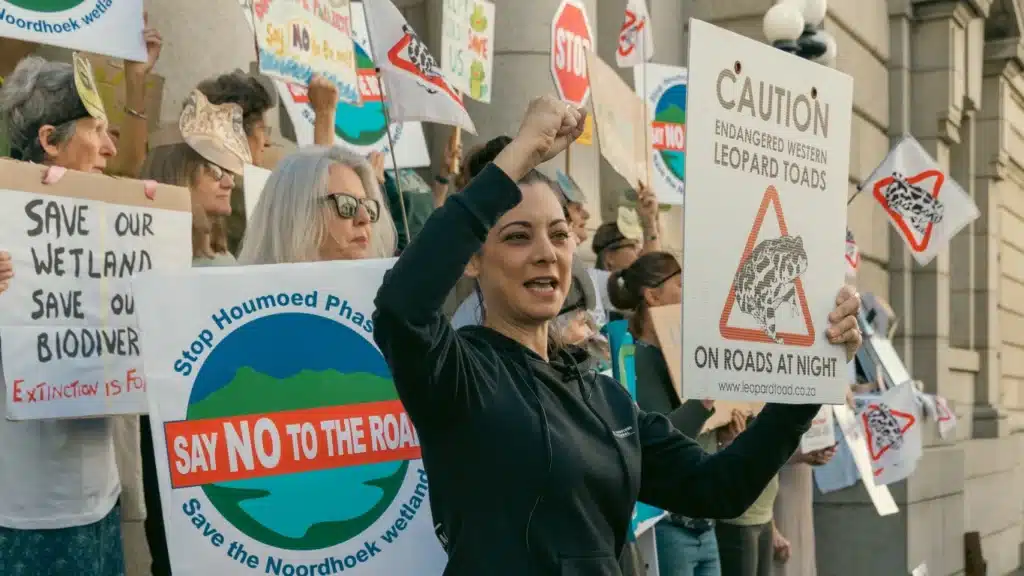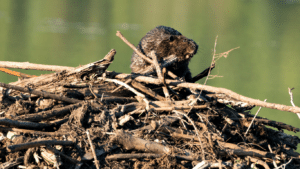Adapted from the article written by Kristin Engel
Originally published by Daily Maverick (Thu, 9 Nov, 2023)
Shouts of ‘Don’t turn our wetland into a wasteland!’ were heard outside the high court in Cape Town on Wednesday ahead of a court action that spotlights the difficulties of balancing urban wildlife conservation with mobility and housing developments for a massively growing population.
The City of Cape Town and the MEC for local government, environmental affairs and development planning in the Western Cape, Anton Bredell, were taken to court on Wednesday by a small NPO, the Noordhoek Environmental Action Group (NEAG), over the proposed Phase 1 extension of Houmoed Avenue through the Noordhoek Wetlands.
The proposed road will join the existing Houmoed Avenue with Lekkerwater Road in Masiphumelele and is expected to alleviate the hours-long congestion of traffic on Kommetjie Road while making it easier for Masiphumelele residents to commute.
However, the road cuts through breeding ponds of the western leopard toad, categorised as “endangered in the wild” on the IUCN Red List, which affords this species significant protection.
The matter has been a hot topic in the southern suburb of Noordhoek since it was brought up in 2003, with the last application for the road being made in 2017, which NEAG and the environmental group ToadNUTs have been fighting, with Animal Survival International.
These groups believe that the proposed link road from Lekkerwater Road through to Noordhoek Main Road (referred to as Houmoed Avenue), in no way takes into account the preservation of western leopard toads.
“The road has been placed straight through the core buffer zone, inner buffer zone and breeding pond — where breeding toads spend the majority of their time during the breeding cycle. The placement of this road in the proposed location will eventually result in the local extinction of the [western leopard toad] and potentially other species. For this reason, ToadNUTS is extremely opposed to the road in its current location,” ToadNUTS said in a report.
Ahead of the court action on Wednesday, protesters gathered outside the Western Cape High Court in support of NEAG, calling out “Yes to the toad, no to the road!”, “Don’t turn our wetland into a wasteland!”, and “Find another way, the wetland has to stay!” while a cardboard cutout of Cape Town Mayor Geordin Hill-Lewis’ face atop a cardboard excavator was moved through the crowd.
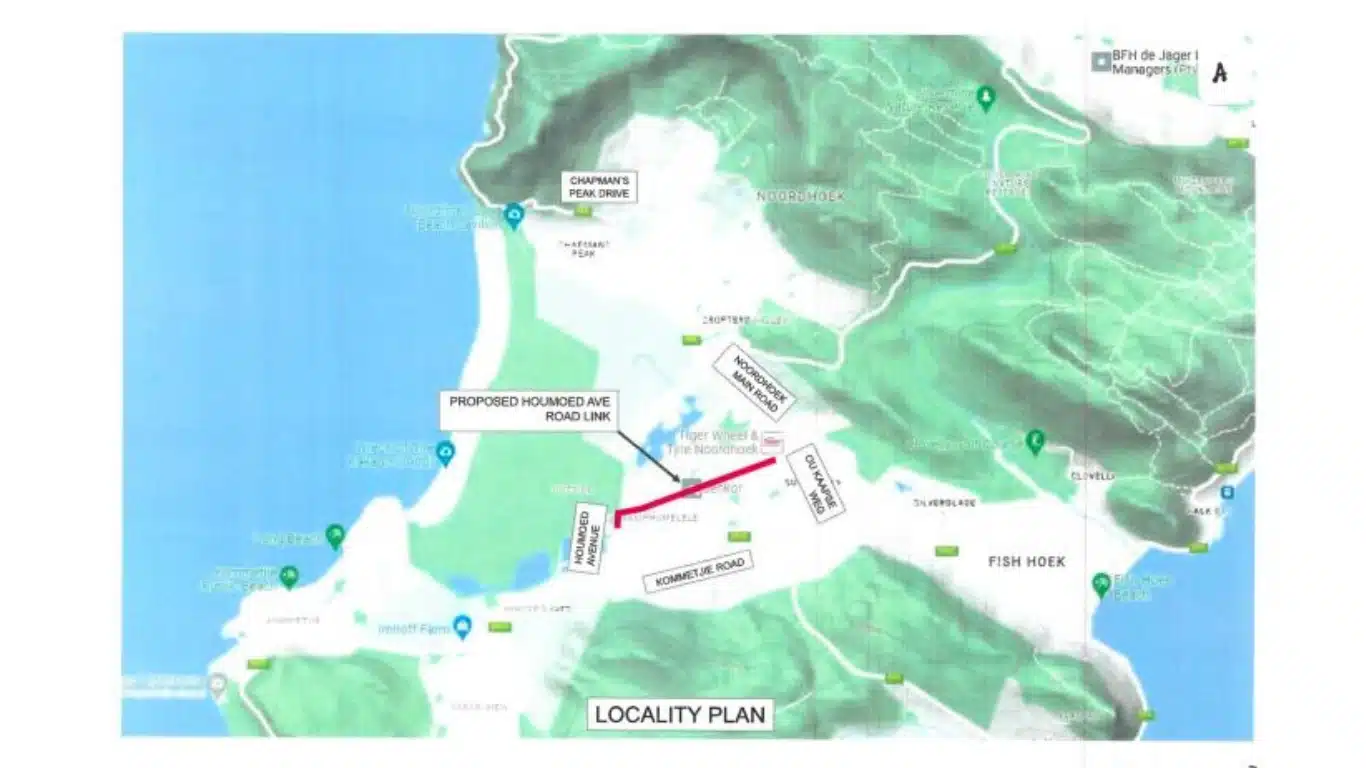
Noordhoek resident Laina Jordan said, “There is more to this than just a road; our wetlands stand to be devastated. This wetland acts as a sponge for the entire valley and losing that sponge puts us at risk of flooding. We are calling on the City of Cape Town to consider long-term thinking patterns. We need solutions that are going to work for the city and the wetlands.”
NEAG first appealed against the granting of the environmental authorisation to build the road, but the appeal was refused by Bredell. On Wednesday, NEAG’s attorney Murray Bridgman sought to review and set aside the appeal decision and the granting of the environmental authorisation.
‘Many irregularities’
Alison Faraday, the co-founder of ToadNUTS, said there were many irregularities during the public participation process and that the City of Cape Town had not carried out its due diligence.
“These are the irregularities in the public participation process: the EIA [environmental impact assessment] was withdrawn in 2018 and then reinstated in 2019 for reasons unknown; not all objections and interested and affected parties were carried through to the new application, causing objectors to fall away; the road has been approved based on unproven mitigations for an endangered species, which means that the ‘precautionary principle’ was not applied; no amphibian study or complete faunal study was conducted despite the presence of IUCN Red List species (western leopard toad and Cape platanna),” Faraday said.
“The City of Cape Town regularly flies the flag of conservation, while proposing a road through [an area] which is already under strain — it appears that the city may be suffering from a case of severe environmental confusion.”
In addition, the city had not employed an anuran expert to conduct a complete amphibian study.
The city’s mayoral committee member for urban mobility, Rob Quintas, said the city’s application regarding the proposed Houmoed Avenue construction in Noordhoek had been approved on appeal by Bredell after he gave “careful consideration to all the factors”.
It is that decision which NEAG challenged in court on Wednesday, with advocate Achmat Toefy defending Bredell’s decision on the appeal, which allows the City of Cape Town to construct the road under certain terms and conditions.
These terms and conditions include:
- Mitigations relating to the rehabilitation of the wetlands and the planting and rehabilitation of the road verges with indigenous species.
- Detailed design of the road to avoid small animals and amphibians crossing the road surface and to guide them to safe passage under the road by means of catch fences and culverts.
- Implementation of a management plan.
- Ongoing specialist monitoring of the efficacy of the mitigations.
Quintas said, “The city is of the view that these proposed road extensions are necessary and reasonable, especially for the safety and convenience of residents of Masiphumelele and for the purposes of alleviating chronic congestion in the area, and that environmental mitigation measures can and will ensure a reasonable balance is achieved between the interests of residents in the area, and in particular the residents of Masiphumelele who will most benefit from this road extension and the affected natural environment, including the indigenous toad species.”
The court heard arguments on the matter for five hours on Wednesday and Judge Karrisha Pillay reserved judgment for a date yet to be announced.
Loss of wildlife habitat is a major issue in urban areas
The court case brings to the fore the challenge of balancing conservation needs with that of SA’s rapidly expanding population and the resulting urban housing, mobility, water and sanitation developments to accommodate this expansion.
Urbanisation and wildlife expert Gabriella Leighton from the Urban Caracal Project told Daily Maverick the loss of wildlife habitat was a major issue in urban areas globally.
“Maintaining connectivity by linking important wildlife habitats is essential to effective, forward-thinking urban planning that is mindful of biodiversity conservation. I think an important part of this is not apathetically accepting losses due to anthropogenic activities as inevitable side effects,” she said.
What Leighton means by this is that local conservation managers need to actively mitigate threats to wildlife and implement infrastructure to keep areas connected.
The difficulty is providing housing and infrastructure for a massively growing population which is increasingly urbanised.
This places major pressure on natural habitats around cities, which are rapidly being modified and fragmented.
Leighton said, “In Cape Town, this is problematic because the city is situated in a global biodiversity hotspot where remaining habitat is crucial to conserve many endemic species. The same is true for many other South African cities, which are surrounded by high species and ecosystem diversity.
“Biodiversity conservation therefore needs to be a priority as cities around the country expand. Development is unavoidable but it needs to be undertaken with careful, conscientious urban planning. Importantly, development must balance the needs of people and the ecosystems on which they depend, and at the core of this is sound urban biodiversity planning.”
Wildlife deaths on roads
Cape of Good Hope SPCA spokesperson Belinda Abraham said a substantial amount of wildlife deaths in Cape Town were caused by road accidents.
“On an individual species basis, we can get a better idea through the data collected by specialist organisations that work primarily with those species. For example, the Urban Caracal Project estimates that as much as 70% of all recorded caracal mortalities on the peninsula are caused by motor vehicle collisions. This is incredibly high and at the same time incredibly sad,” she said.
Abraham said that motor vehicle accidents probably accounted for the majority of urban wildlife deaths.
